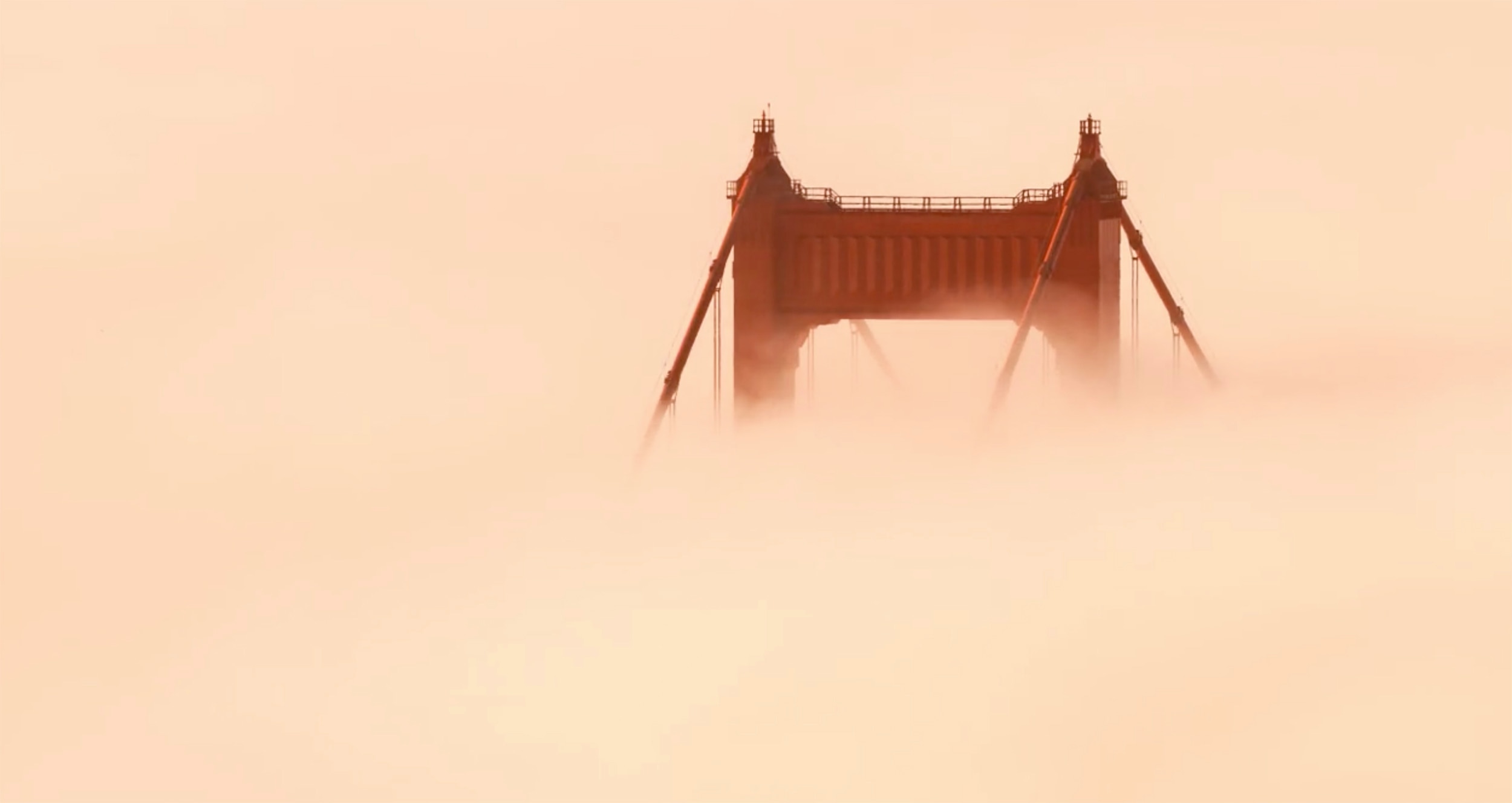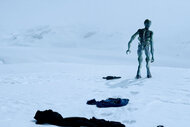Create a free profile to get unlimited access to exclusive videos, sweepstakes, and more!
Time-lapse video: Set yourself “Adrift”

I’ve talked about this before, but I can’t get over how air is a fluid. It flows! My mom used to always tell me to “take my fluids” when I got sick, so it’s always meant “liquid” to me. But fluid is a more general term for things that flow; a liquid is a specific type of fluid, as is a gas (definitions I saw that are brief but cover the basics: a liquid is a substance that can flow but has constant volume, whereas a gas expands to fill available space).
Gas flows, of course, but we don’t usually experience that in our daily lives in a way that’s obvious. The air around us is moving all the time, but we can’t generally see it (even if we feel it as a wind). But sometimes nature provides, and if you have the right viewpoint and equipment, you can watch the beauty and soul-soothing grace of air in motion.
That time-lapse video was created by Simon Christen. I used to live in the north Bay Area, and frequently drove down into San Francisco. There was one spot in the hills to the west of the 101 highway where I’d sometimes see the fog spilling over the crests, and I always treasured those brief glimpses. Driving back from the San Francisco Airport sometimes afforded a magnificent view of the hills near Half Moon Bay, and you could watch the ghostly fingers of fog rolling down them as well. It’s a tranquil and, frankly, moving sight.
The video displays this so clearly it made me nostalgic. Rivers of air move near-frictionlessly in Christen’s footage, and in some cases the flow is so rapid you hardly need the time lapse to see it. I think my favorite sequence is at the 2:30 mark, where his vantage point was in the Marin headlands, high above the bay. The air blowing in from the Pacific Ocean meets the slower-moving air off the headlands, creating a languid eddy swirling lazily where they meet until the eastward Pacific flow overwhelms the motion.
Also, at 3:33, you can see the air moving in from the left and splashing up as it meets the natural obstacles of hills. It looks exactly like ocean waves breaking and splashing as they meet large rocks near a beach ... as well they should. The physics is almost exactly the same.
“Adrift” is the result of two years of effort on Christen’s part and, in my opinion, is well worth it. This one is bookmarked for me, and I’ll turn to it when my own life seems turbulent and chaotic. It will remind me of many things: that there is always such churning and upheaval when things move at different speeds and directions, that it happens in nature on a much larger scale than my own small circumstances, and that, if seen in the right way, it can sometimes be a source of inspiration and great beauty.














